J-STORIES - Masaomi Suzuki, a second-generation construction company president, witnessed firsthand the damage caused by the massive earthquake that struck central Italy on August 24, 2016. It spurred a radical change in business direction toward a goal of “zero earthquake casualties.”
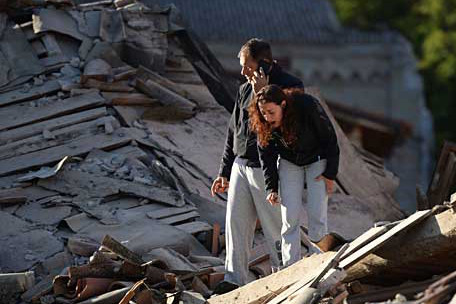
Two hundred and forty people died as a result of fierce tremors from the magnitude 6.2 quake in Italy. Suzuki found a toy still making noise in the debris and his heart sank as he pictured the child victim it had surely belonged to. Today, Suzuki is working to popularize the use of a paste that provides earthquake resistance, which he created through joint research with the University of Tokyo.
Unlike in Japan, where most residential buildings are made of wood, many buildings in Italy are constructed of brick and stone. The collapse of these masonry buildings was one of the reasons for such extensive quake damage.
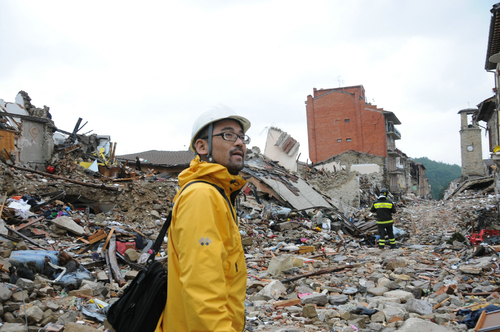
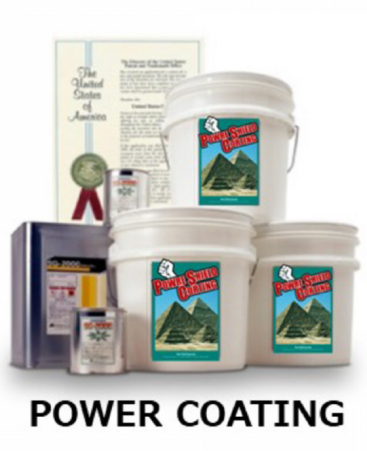
Suzuki made a powerful vow. “Even if I have to quit the family business, I will devote my life, body, and soul to the manufacture of this earthquake-resistant material.” He founded a new company, Aster, in Tokyo to develop his “Power Coating” business.
Simply applying Power Coating to exterior walls can make them more flexible and resistant to earthquakes. It is one tenth to one twentieth the cost of other high-performance resins, and takes no special skills to apply. According to Suzuki, it can make even 500-year-old buildings more resistant to earthquakes.

Brick and stone buildings are still being constructed in many countries because they do not require advanced technology. Also, the raw materials are cheap and easy to obtain. The Japanese earthquake intensity scale tops out at 7, but, according to Aster, these buildings can collapse at an intensity of just 3 to 4. Some studies suggest that about 80 percent of the fatalities from earthquakes in the 100 years from 1915 to 2015 were caused by collapsed masonry buildings. It’s believed that about 60 percent of the world’s population lives in buildings that are vulnerable to earthquakes.
According to Suzuki, the company has received requests from all over the world for its earthquake-resistant materials. It’s looking at the Philippines, Nepal, and Colombia as possible major markets.
Another problem is that manufacturing cement, a main material for masonry buildings, produces carbon dioxide. Suzuki suggests Power Coating could be an alternative to cement. If successful, the project could potentially reduce annual carbon dioxide emissions worldwide by 2.8 billion tons.
On the other hand, Suzuki has experienced a lot of frustration in Japan. His company’s product is overlooked because earthquake-resistant construction technology advances so rapidly in Japan.
Yet, this February the company was selected as a Grand Prix winner out of 105 participating companies in a venture business model contest held by Nikkei Inc.
Suzuki told J-Stories, “I want to prove that it is possible to both do business and make products that are useful to society. Such things should become normal in the future. I hope that people will make this technology a success and continue to do business in a way that is useful to society.”
- This article was written as of May, 2022.
Translation and Editing by Tony McNicol
Top page photo by stockcentral/Envato
For inquires about this article, please contact us at jstories@pacificbridge.jp
***
***
Click here for the Japanese version of the article.
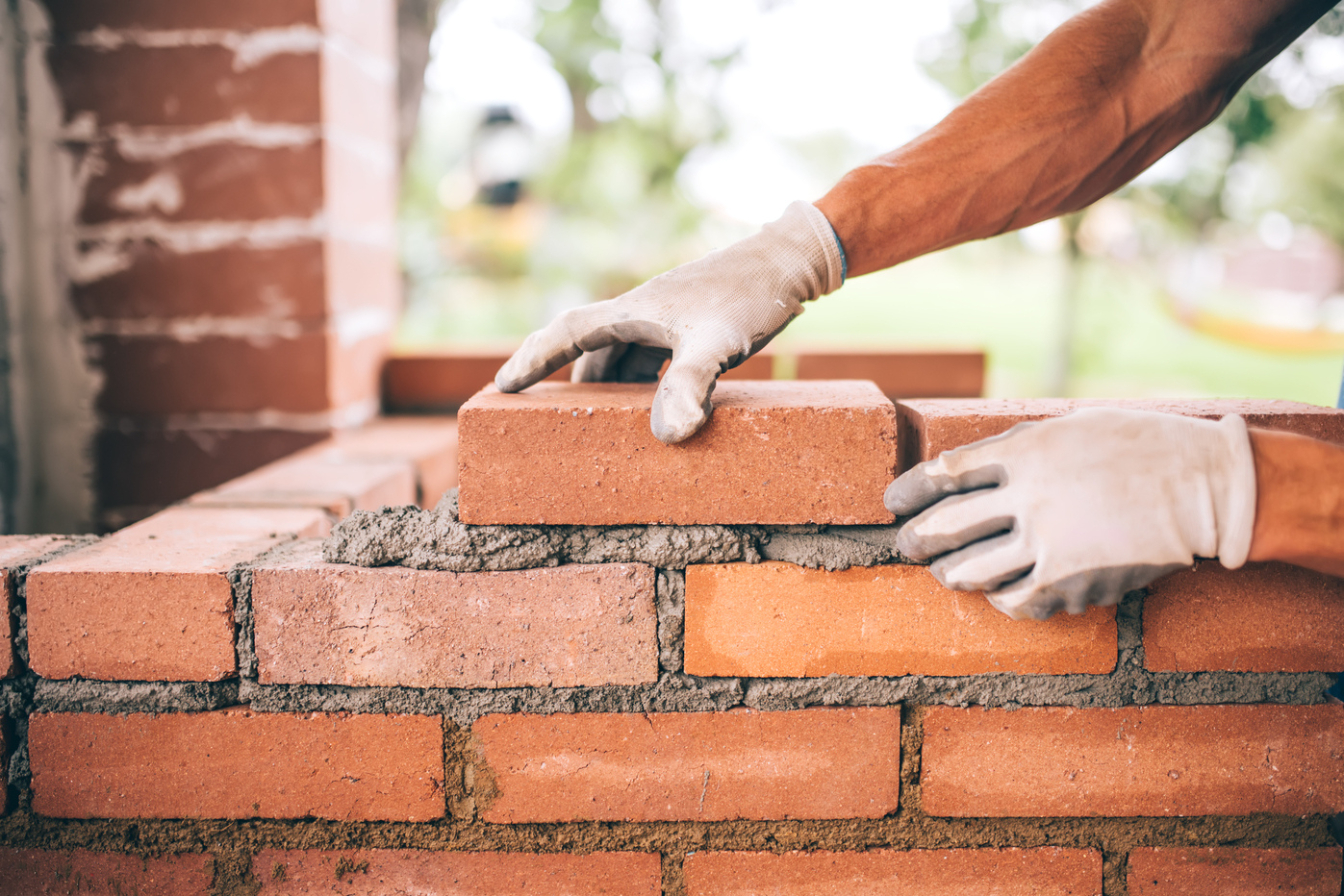
![[Tokyo Updates] Is Hill-Farmed Salmon Here to Save Us?](https://storage.googleapis.com/jstories-cms.appspot.com/images/173258722885374_09952-thumb-1600xauto-10881_smallthumbnail.jpeg)
![[Tokyo Updates] Old and Full of Potential: Why a Swedish Model Is Reviving Abandoned Houses in Tokyo](https://storage.googleapis.com/jstories-cms.appspot.com/images/1732603609687d6b0a861ef75d954729578323092323fe00ad55e-thumb-1600xauto-10186_smallthumbnail.jpg)
![[Tokyo Updates] Making Space Development Open for All](https://storage.googleapis.com/jstories-cms.appspot.com/images/1732521298402c3af387cf9df027b91f0e9f2626b300713b93850-thumb-1600xauto-10594_smallthumbnail.jpg)

![[Interview: Part 2] A digital approach to tackle child hunger in Japan with dignity](https://storage.googleapis.com/jstories-cms.appspot.com/images/1766130666509unnamed_bigthumbnail.jpg)
![[Podcast] Japanese technology to supercharge human fertility (Part 2)](https://storage.googleapis.com/jstories-cms.appspot.com/images/1765863548035unnamed-7_bigthumbnail.jpg)
![[Podcast] Japanese technology to supercharge human fertility (Part 1)](https://storage.googleapis.com/jstories-cms.appspot.com/images/1765440905082unnamed_bigthumbnail.jpg)
_bigthumbnail.jpeg)






![[Interview] When digital and physical worlds meet](https://storage.googleapis.com/jstories-cms.appspot.com/images/1747974430456unnamed-2_smallthumbnail.png)
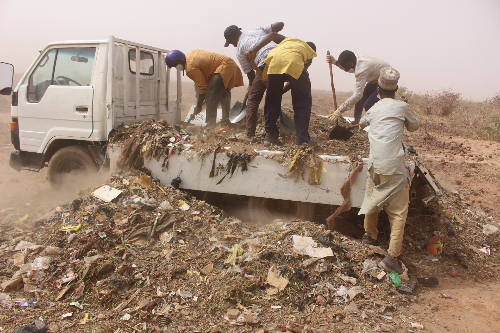



_smallthumbnail.jpeg)

![[Interview: Part 1] From nourishing souls to feeding the hungry](https://storage.googleapis.com/jstories-cms.appspot.com/images/1763695595492unnamed_smallthumbnail.jpg)

